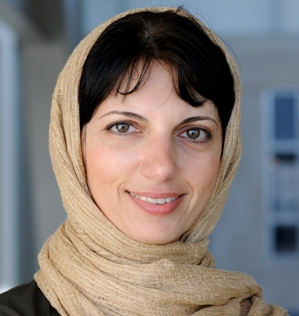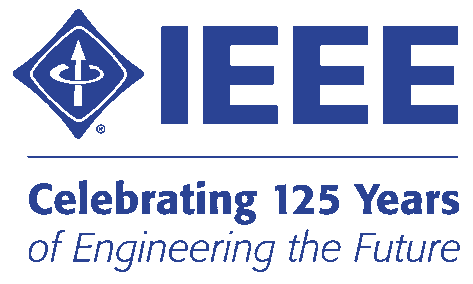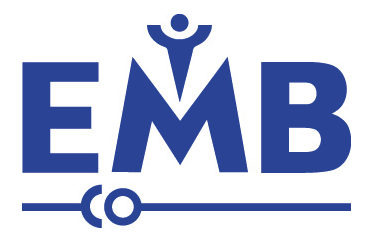| events | executive | news |
The EMBS Chapter of the IEEE Ottawa Section was recognized as the Best Ottawa Chapter in 2008, 2010, 2014, 2019, and 2022 and received the Outstanding Chapter Award from IEEE EMBS in 2011!
IEEE EMBS Distinguished Lecture: Obstructive Sleep Apnea Prediction during Wakefulness: Challenges and Future Directions

Director of the Biomedical Engineering Program, Professor & Canada Research Chair, University of Manitoba
November 20, 2014 17:30 - 19:00
Minto Centre Room 5050, Carleton University
Organizer: Dr. James Green
Paid parking is available on campus. Lot 2 is suggested.
abstract
Obstructive sleep apnea (OSA) is a common respiratory disorder during sleep, in which the airways are collapsed and impair the respiration. Sleep apnea (hypopnea) is a cessation (or >50% reduction) of airflow to the lungs which lasts at least for 10s and is associated with at least 4% in the blood's Oxygen level (SaO2). OSA is highly underdiagnosed mainly because current diagnostic methods are very time-consuming and expensive.
In this talk, I report on developing a new acoustic system for OSA detection (Awake-OSA) during wakefulness (Awake-OSA), which requires only a few minutes of breathing sound recording. We record tracheal respiratory sounds during nose and mouth breathing in supine and upright postures, while the subjects are awake. Power spectrum density and bispectrum of the sound signals are estimated, and features are extracted from different sub-bands over 100-2600 Hz. The differences of features between supine and upright postures and between nose and mouth breathing are also calculated. We use a subset of data for training, i.e. selecting the best features and use the rest of data for evaluating the accuracy of classification; this is repeated with 10-fold cross validation to cover all possibilities with no overlap between training and testing sets. We use a heuristic classification method, called Smart Expert Classifiers, based on building a minimum-distance classifier for each feature and voting from individual features to decide the class prediction.
I will briefly discuss the underlying hypotheses for the above mentioned methods, and the results of our recent studies.
biography
Dr. Zahra Moussavi received her B.Sc. from Sharif University of Technology, Iran, M.Sc. from the University of Calgary, and Ph.D. from University of Manitoba, Canada in 1997, all in Electrical Engineering. She then joined the respiratory research group of the Winnipeg Children's Hospital and worked as a research associate for 1.5 years. In 1999, she did her postdoctoral fellowship at the Biomedical Engineering Department of Johns Hopkins University. Following that, she joined the University of Manitoba, Department of Electrical and Computer Engineering as a faculty member, where she is currently a full professor, a Canada Research Chair in Biomedical Engineering and also the director of Biomedical Engineering Graduate Program. She is also an adjunct scientist at the TRTech of Winnipeg, a research affiliate of Riverview Health Center and a distinguished Lecturer of IEEE-EMBS. She is a recipient of "Women of Distinction Award" in Science and Technology (2014) from the YWMCA and Manitoba Government as well as "Canada's Most Powerful Women (Top 100) in Trailblazers and Trendsetters category (2014)". With over 184 publications in prestigious journals and conferences, her current research includes acoustic sleep apnea detection, respiratory and swallowing sound analysis, and early diagnosis and treatment of Alzheimer disease. She has given 52 invited talks/seminars (25 outside of Canada) including a recent Tedx Talk and 5 keynote speaker seminars at international conferences.
Last updated November 12, 2014


